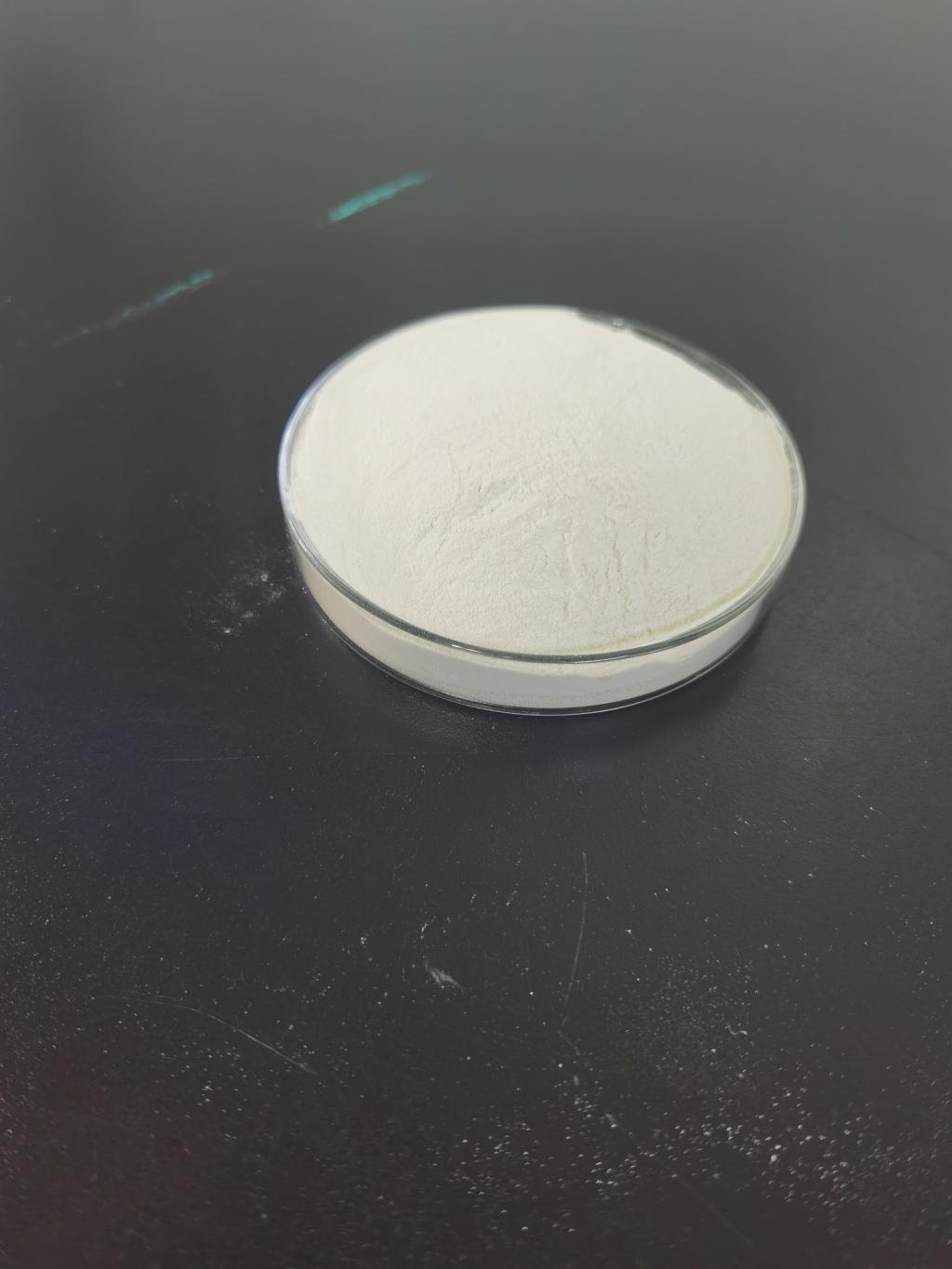Tel:+8618231198596

News
 CONTACT
CONTACT
 CONTACT
CONTACT
- Linkman:Linda Yao
- Tel: +8618231198596
- Email:linda.yao@dcpharma.cn
- Linkman:CHARLES.WANG
- Department:Overseas
- Tel: 0086 0311-85537378 0086 0311-85539701
News
Current Position:
Home >
News
>Nisin's natural properties make it a preferred choice for food preservation.
Nisin's natural properties make it a preferred choice for food preservation.
TIME:2024-03-29
Understanding Nisin:
Nisin is a polycyclic antibacterial peptide produced by certain strains of the bacterium Lactococcus lactis. Discovered nearly a century ago, nisin has been extensively studied for its potent antimicrobial properties and its safety for human consumption. It is Generally Recognized as Safe (GRAS) by regulatory authorities worldwide, making it an attractive option for food preservation.
Mechanism of Action:
Nisin exerts its antimicrobial activity primarily by disrupting the cell membrane integrity of susceptible bacteria. Upon contact, nisin molecules interact with lipid components of bacterial membranes, leading to pore formation and leakage of intracellular contents, ultimately causing cell death. This mechanism of action distinguishes nisin from traditional chemical preservatives and antibiotics, as it targets specific microbial populations while sparing beneficial microflora.
Applications in Culinary Settings:
Nisin's natural properties make it a versatile ingredient in culinary applications, where food safety, flavor preservation, and extended shelf life are paramount. Some common culinary applications of nisin include:
Dairy Products: Nisin is widely used in the preservation of dairy products such as cheese, yogurt, and fermented milk beverages. Its effectiveness against spoilage bacteria and pathogenic microorganisms helps extend the shelf life of these perishable dairy items while maintaining their sensory qualities and nutritional integrity.
Meat and Poultry: In meat processing, nisin-based formulations are utilized to inhibit the growth of spoilage bacteria and foodborne pathogens, thereby enhancing the safety and quality of meat and poultry products. Nisin's compatibility with various processing methods, including curing, smoking, and fermentation, makes it a valuable tool in meat preservation.
Bakery and Confectionery: Nisin's ability to control microbial spoilage extends to bakery and confectionery products, where it helps prevent mold growth and prolong the freshness of bread, pastries, and confections. Its natural origin aligns with consumer preferences for clean-label ingredients in baked goods.
Ready-to-Eat Meals: With the rise of convenience foods and ready-to-eat meals, nisin finds applications in preserving pre-packaged meals, salads, and deli items. By inhibiting microbial proliferation, nisin helps maintain the safety and quality of these prepared foods throughout their shelf life, reducing the risk of foodborne illness.
Benefits of Nisin in Culinary Applications:
Natural Origin: Nisin is derived from bacteria and is considered a natural antimicrobial agent, aligning with consumer preferences for clean-label products and sustainable food preservation methods.
Broad-Spectrum Activity: Nisin exhibits antimicrobial activity against a wide range of bacteria, including both Gram-positive and Gram-negative species, as well as some fungi and spore-forming bacteria. This broad-spectrum efficacy makes it effective in diverse culinary settings.
Preservation of Flavor and Texture: Unlike some chemical preservatives that can alter the sensory attributes of food, nisin preserves the natural flavor, aroma, and texture of culinary products, enhancing their overall quality and palatability.
Shelf Life Extension: By inhibiting microbial growth, nisin helps extend the shelf life of perishable foods, reducing food waste and contributing to economic sustainability throughout the food supply chain.
Food Safety Enhancement: Nisin's antimicrobial properties contribute to the safety of food products by controlling the growth of spoilage organisms and pathogens, thereby reducing the risk of foodborne illness and enhancing consumer confidence.
Challenges and Considerations:
While nisin offers numerous benefits for food preservation in culinary applications, several challenges and considerations merit attention:
Regulatory Compliance: Regulatory requirements governing the use of nisin in food vary across regions, necessitating compliance with safety standards and labeling regulations to ensure consumer protection and market access.
Formulation Stability: The stability of nisin-based formulations in different food matrices and processing conditions can pose challenges, requiring optimization of formulation parameters to maximize efficacy and shelf life.
Consumer Perception: Public perception and acceptance of nisin-treated foods may vary, with some consumers expressing concerns over the use of antimicrobial agents, even if they are naturally derived and considered safe.
Cost Considerations: The cost of incorporating nisin into food products, including formulation development, ingredient sourcing, and regulatory compliance, may impact the economic viability of using nisin in certain culinary applications, particularly for small-scale producers and specialty food manufacturers.
Future Directions:
To fully leverage the potential of nisin in culinary applications and address existing challenges, future research and development efforts should focus on:
Formulation Innovation: Continued research into novel formulations and delivery systems that enhance the stability, efficacy, and compatibility of nisin with different food matrices and processing conditions.
Consumer Education: Educating consumers about the safety, efficacy, and benefits of nisin as a natural preservative in foods to build trust and confidence in its use across culinary applications.
Market Expansion: Exploring new culinary applications and market opportunities for nisin, including plant-based foods, ethnic cuisines, and specialty products, to diversify its use and increase market penetration.
Sustainability Assessments: Conducting comprehensive life cycle assessments and environmental impact studies to evaluate the sustainability of nisin-based food preservation methods and identify opportunities for improvement throughout the supply chain.
Conclusion:
Nisin's natural properties make it a preferred choice for food preservation in a wide range of culinary applications, where food safety, quality, and sustainability are paramount concerns. Its broad-spectrum antimicrobial activity, compatibility with diverse food matrices, and consumer-friendly label appeal position it as a valuable ingredient in the culinary landscape. As food systems evolve to meet the challenges of a growing global population and changing consumer preferences, the integration of nisin into culinary practices offers a pathway to enhance food safety, reduce food waste, and promote the sustainability and resilience of the food supply chain. Through collaboration, innovation, and informed decision-making, nisin can continue to play a pivotal role in shaping the future of food preservation and culinary innovation worldwide.
- Tel:+8618231198596
- Whatsapp:18231198596
- Chat With Skype







